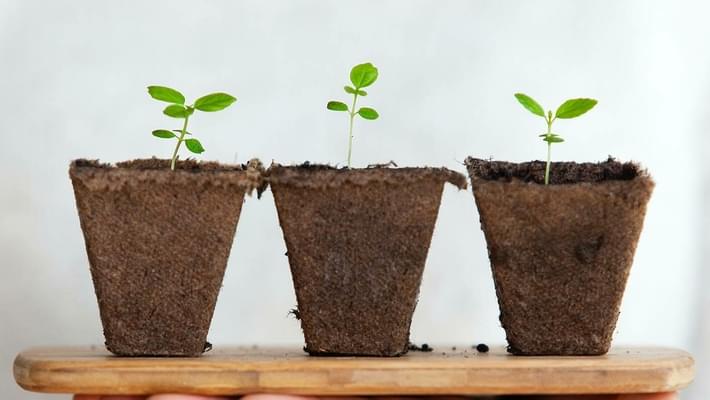
Growing Cannabis 101: Monitoring pH Levels
Published on 7/16/22
With warmer weather, it is time for the cannabis growing season to kick off. Where's Weed is launching a Growing Cannabis 101 series of blog posts to communicate tips and tricks for turning seed to weed with the best efficiency and productivity. One key area that all growers should focus on is the cannabis pH level, meaning the soil's acidity levels, the water, and the plant itself. What is cannabis pH, and how does it affect the bud that your plants produce?
Acid Levels
The term pH simply stands for "power of hydrogen." Hydrogen is a measure of acidity: lemon juice has more hydrogen atoms than milk, which is why ceviche can give you heartburn while yogurt can relieve heartburn. All pH levels run up to 14 on an inverted level, meaning that 14 is the least acidic (also known as most basic or alkaline). Pure water is a 7 on the scale, meaning neither acidic nor basic and genuinely neutral. However, not all water comes in precisely at a 7, as many types of acids are added to water directly and indirectly. This scale is also logarithmic, meaning a substance with a pH of 1 is ten times as acidic as a substance of 2 and 100 times as acidic as a substance of 3.
The pH level dictates acidity and how compounds interact with each other. Phosphorus is basic, and sodium is acidic: they combine for a neutral compound. Cannabis pH, therefore, is essential because your plants need to absorb many compounds to become big, beautiful buds. Testing is straightforward: every grow-op center and garden store sells pH strips, which are inexpensive and require only a few moments to get an answer. A digital testing tool is also helpful for getting rapid numbers.
Cannabis and pH
 Futurity
FuturityThe pH levels for cannabis are affected by two significant factors: the water they receive and the best type of soil for growing. Cannabis soil pH will determine how well the plants uptake nutrition. Higher soil pH for cannabis makes it harder for plants to absorb micronutrients because these nutrients are less soluble. Most plants prefer more acidic soil and cannabis is no exception: a pH for cannabis in soil between 5.0 to 7.0 is the ideal range, giving your plants the power to get nutrition without damaging their roots. Cannabis is relatively tolerant overall, with different strains able to take more or less punishment, meaning that levels of pH cannabis can survive in, making it somewhat forgiving for first-timers.
Usually, the best water pH for cannabis has a lower range simply because water cannot tolerate as much acid (it is hard for water to have a pH below 7 or above 8). However, hydroponic cannabis, meaning cannabis grown without soil, must get its ideal pH range entirely from water. Furthermore, the level of acidity in hydroponic weed needs to be higher than the pH for cannabis in soil, owing to the natural difficulty that plants have in extracting nutrients from water relative to the soil.
Changing Pace
No grower should identify a strict pH level for cannabis and stick to it since fluctuations across pH levels are expected. Adding water and nutrients will naturally change the pH level. Correction is only necessary when the pH levels change by more than 1.0 to 1.5 per testing, as this may be too much of a swing for plants to handle.
You can add many compounds to your plants, making it easier to adjust the pH while providing good nutrition. Nitrogen, calcium, potassium, and magnesium are all less acidic, while phosphorus, iron, copper, boron, and zinc are all more acidic.
High and Low
What happens when the pH number gets out of sync? As you can imagine, a very low pH level indicates high acidity, which can outright kill your plants. Just as James Bond villains die when they fall into vats of acid, so too do plants suffer when they are in a high acid environment. Low pH cannabis typically has an acidity of 5.0 or less. At this point, roots can be damaged or even killed due to their environment, failing the plant from growing.
You find the cannabis pH too high when it is above about 8.0. Cannabis grown in the neutral zone can still be healthy and produce bud but will likely be small and have low THC/CBD levels. The only way for plants to grow big and beautiful is when plants get the nutrients they need. High alkaline soil, furthermore, simply kills plant matter much in the way that high acidity soil does, which is why no plants grow along alkaline lakes, let alone cannabis. Once you understand the sweet spot, however, you can grow cannabis with all the nutrients needed to become high-quality flower.
